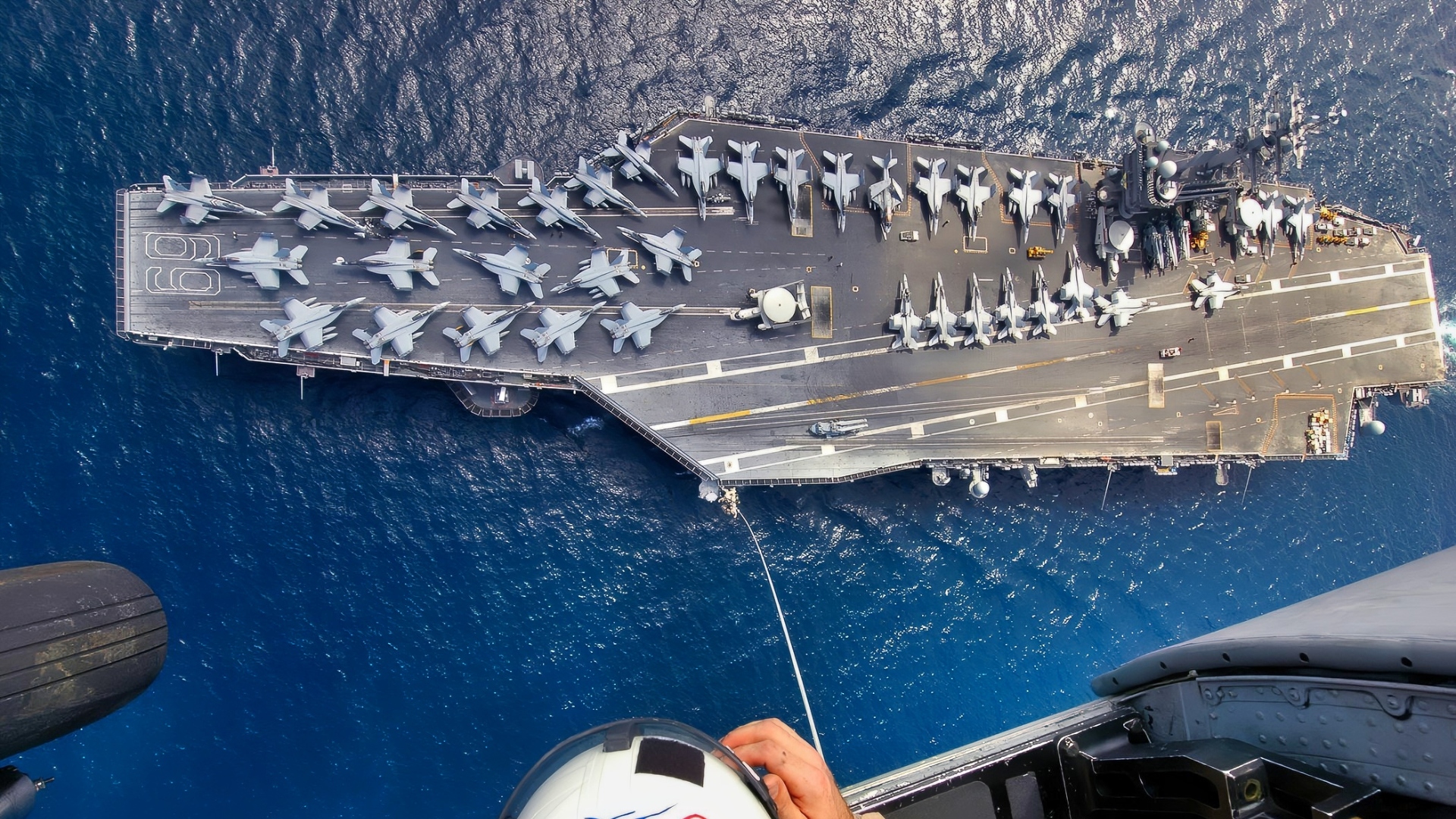Key Points and Summary – In a shocking 1981 NATO exercise, a Canadian diesel-electric submarine successfully penetrated a U.S. aircraft carrier strike group and notionally “sank” the USS Dwight D. Eisenhower.
-The carrier, in adjusted inflation dollars, is worth $5.5 billion to build and has thousands of sailors aboard.

USS Dwight D. Eisenhower U.S. Navy. Image Credit: Creative Commons.
-The incident was a major embarrassment and an early warning of the threat posed by quiet, non-nuclear submarines. This was not an isolated event, as allied diesel-electric boats have repeatedly succeeded in similar exercises.
-The lesson remains critical today, as adversaries like China and Russia now operate extremely quiet submarines with Air-Independent Propulsion (AIP), a technology that makes them an even greater danger to U.S. naval forces.
The Time a Canadian Submarine ‘Sank’ a U.S. Navy Nuclear Aircraft Carrier
It was 1981, and former President Jimmy Carter had faced fierce criticism when presiding over a “hollow force” where there were few spare parts and components, weapons systems cannibalized each other to keep things running, and there was little ammunition to conduct live-fire exercises.
Plus, the Iranian hostage crisis had shown how the U.S. military could not be used to shape events.
Morale was low, and the U.S. forces did not know how to emerge from the shackles of the Vietnam War.
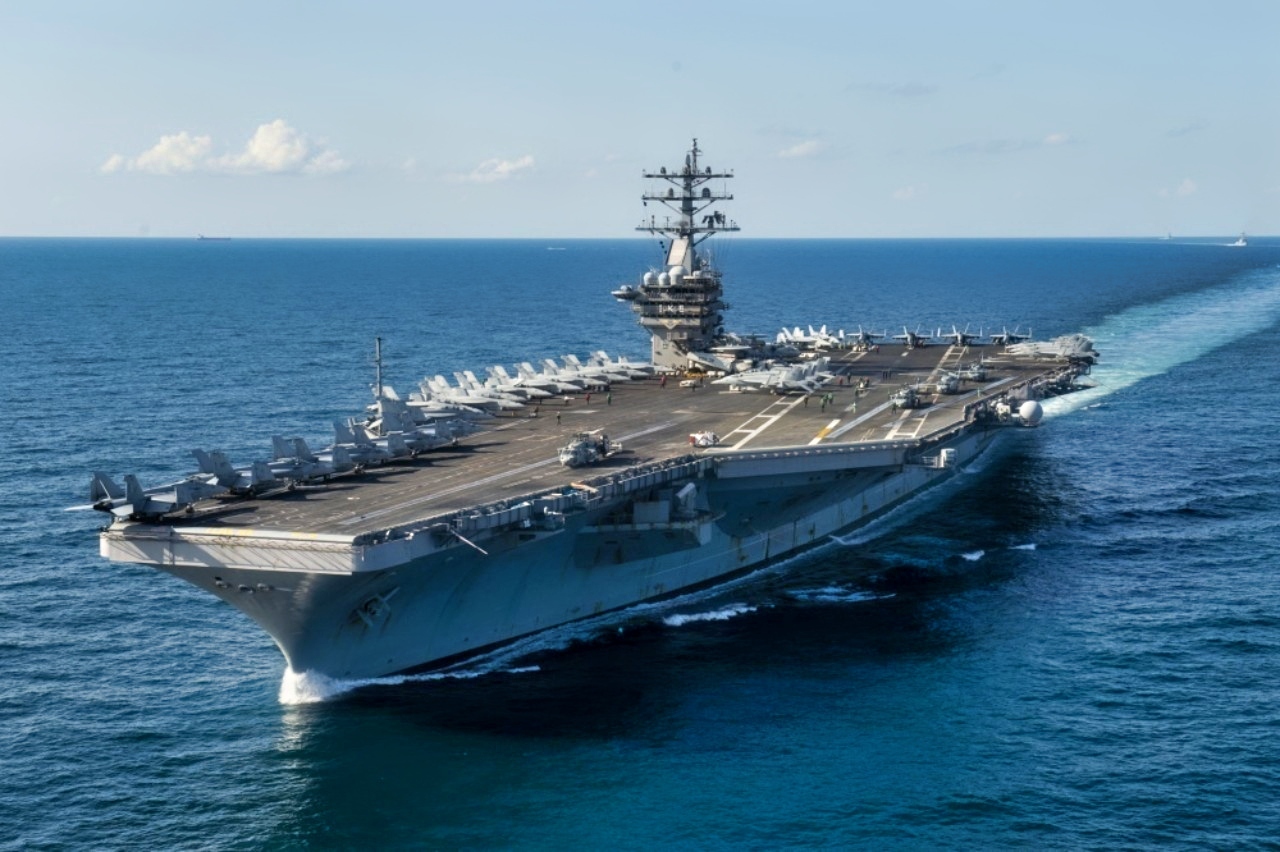
ATLANTIC OCEAN (Sept. 28, 2019) The aircraft carrier USS Dwight D. Eisenhower (CVN 69) transits the Atlantic Ocean with ships assigned to Carrier Strike Group (CSG) 10 and aircraft assigned to Carrier Air Wing (CVW) 3 during a photo exercise to conclude Tailored Ship’s Training Availability (TSTA) and Final Evaluation Problem (FEP) as part of the basic phase of the Optimized Fleet Response Plan. (U.S. Navy photo by Mass Communication Specialist 1st Class Tony D. Curtis/Released)
A new president, Ronald Reagan, aimed to change all of that. Realistic training would now be the order of the da,y and the U.S. military would be even more lethal and ready to take the fight to the enemy.
However, despite the new objectives, Reagan was disappointed in the performance of the U.S. Navy in one major exercise when a Canadian submarine notionally “sunk” the mighty USS Dwight D. Eisenhower in a set of major drills.
More Context About the Incident
The “sinking” happened during the huge Ocean Venture/Magic Sword North NATO exercise in 1981.
This was the largest set of naval drills in the history of the U.S. Navy Atlantic Fleet.
One of the Royal Canadian Navy’s British-made Oberon-class submarines snuck through the Eisenhower’s strike group screen and delivered simulated “hits” that would have been enough to sink the carrier.
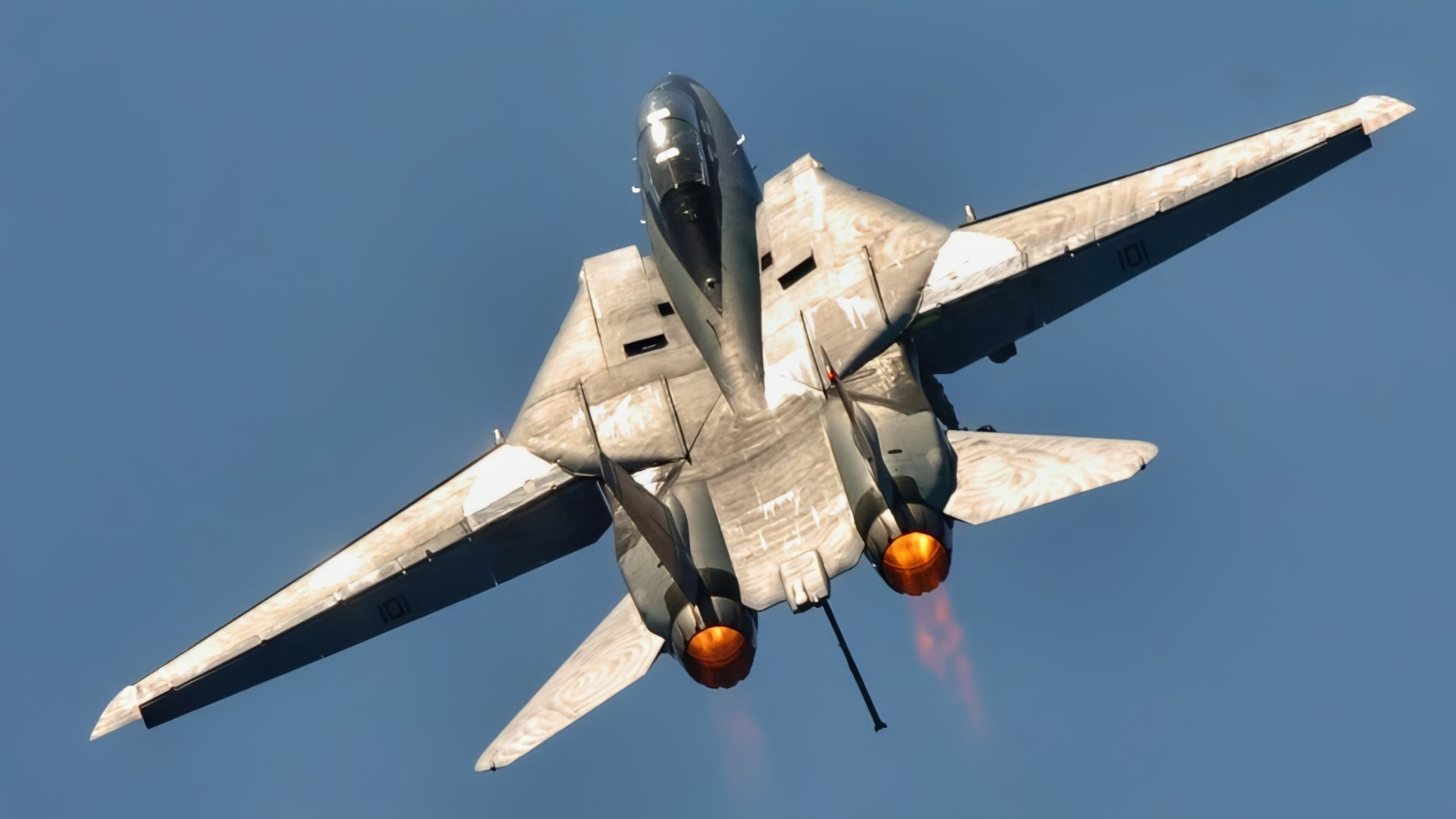
(June 19, 2006) – An F-14D Tomcat from Fighter Squadron Three One (VF-31), the “Tomcatters,” performs a fly by past the Nimitz-class aircraft carrier USS Dwight D. Eisenhower (CVN 69). For the past 30 years, the F-14 Tomcat has assured U.S. air superiority, playing a key role in ensuring victory and preserving peace around the world. The F-14 Tomcat will be removed from service and officially stricken from the inventory in September of 2006. U.S. Navy photo by Photographer’s Mate 2nd Class Miguel A. Contreras PH2 CONTRERAS MIGUEL
This shocked the U.S. Navy which wondered how a less-advanced diesel-electric submarine could cause a carrier strike group to fail in its efforts at undersea warfare. The escort vessels should have protected the Eisenhower, and the Oberon-class was not known for being that stealthy.
Numerous Defenses Against Submarines for Aircraft Carrier
Destroyers, cruisers, and frigates can deploy floating sensors called sonobuoys and towed arrays.
Numerous aircraft have undersea warfare capabilities that can detect enemy submarines using both active and passive sonar. The U.S. Navy should have discovered the allegedly noisy Oberon-class during the war games.
To add a further insult, a different Canadian sub also “destroyed” the USS Forrestal toward the end of the exercise.
This unnerved the U.S. Navy. Was the Reagan-led Navy going to be sufficient to deal with the Soviet Union if it could not perform well against allied submarines?
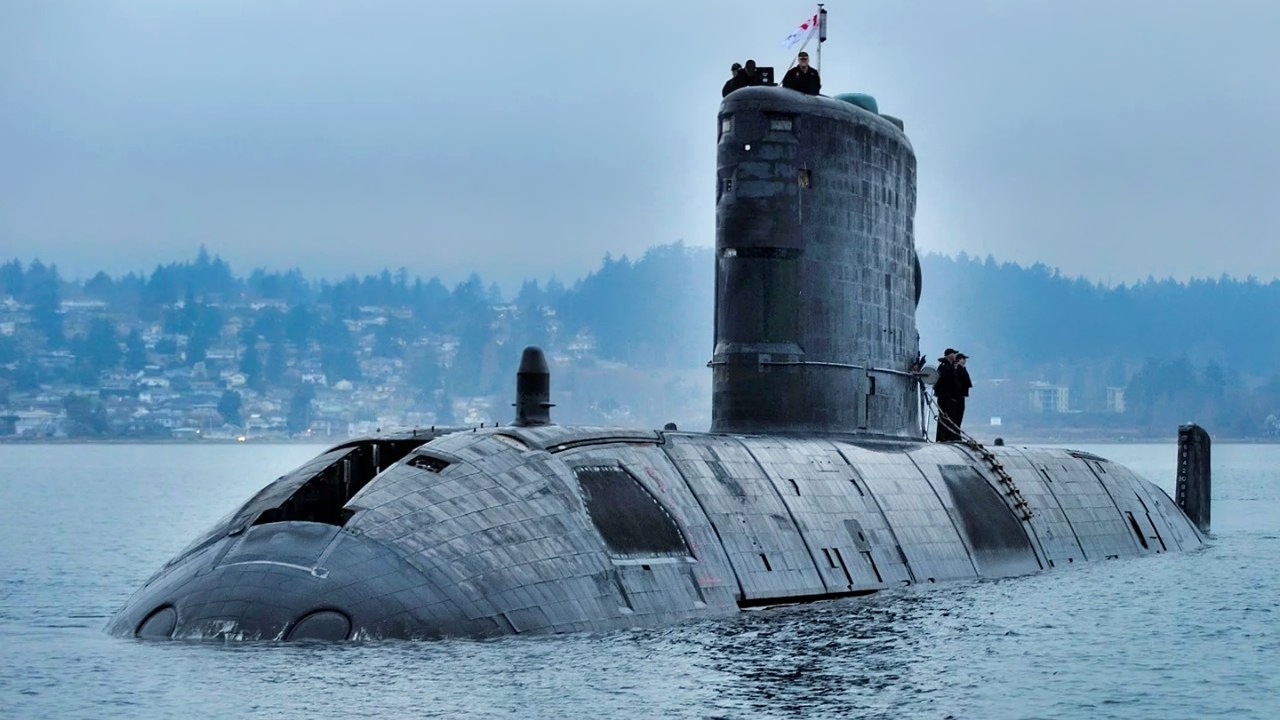
Victoria-Class Submarine Canada Navy. Image Credit: Creative Commons.
The Navy reviewed various after-action reports that analyzed the exercise and concluded that both enlisted personnel and officers needed to perform their jobs more effectively.
Perhaps the existing anti-submarine assets were not that good. Or maybe, credit was due to the expertise of the Canadian sailors on the British-made submarines.
The Soviets Were Spoiling for an Undersea Fight
The Soviet Navy had quiet nuclear-powered subs, and these were even better than what the Canadians were deploying. Perhaps, diesel-electric submarines like the Oberon-class were quieter than Naval intelligence thought.
This was a head-scratcher to the brass that oversaw U.S. submarine tactics throughout the command. It could be a redux of the hollow force that had questionable performance during the late 1970s.

The Royal Canadian Navy long-range patrol submarine HMCS Victoria (SSK 876) arrives at Naval Base Kitsap-Bangor for a port call and routine maintenance. The visit is Victoria’s first to Bangor since 2004. (U.S. Navy photo by Lt. Ed Early/Released)
The Soviets would be able to detect ships more easily. The enemy submarines would track the carrier strike group more effectively and evade its defenses. Soviet subs could be marauders in hunter-killer wolf packs or sneak in alone to improve stealthiness.
Diesel-Electrics Are Worthy Adversaries
What about those pesky diesel-electric subs?
There needed to be better anti-submarine tactics to pursue this class of boats so that they would run out of batteries and be forced to surface.
The Americans also needed to make more effective use of Magnetic Anomaly Detectors, which were first used during World War II. There may be a way to improve these systems.
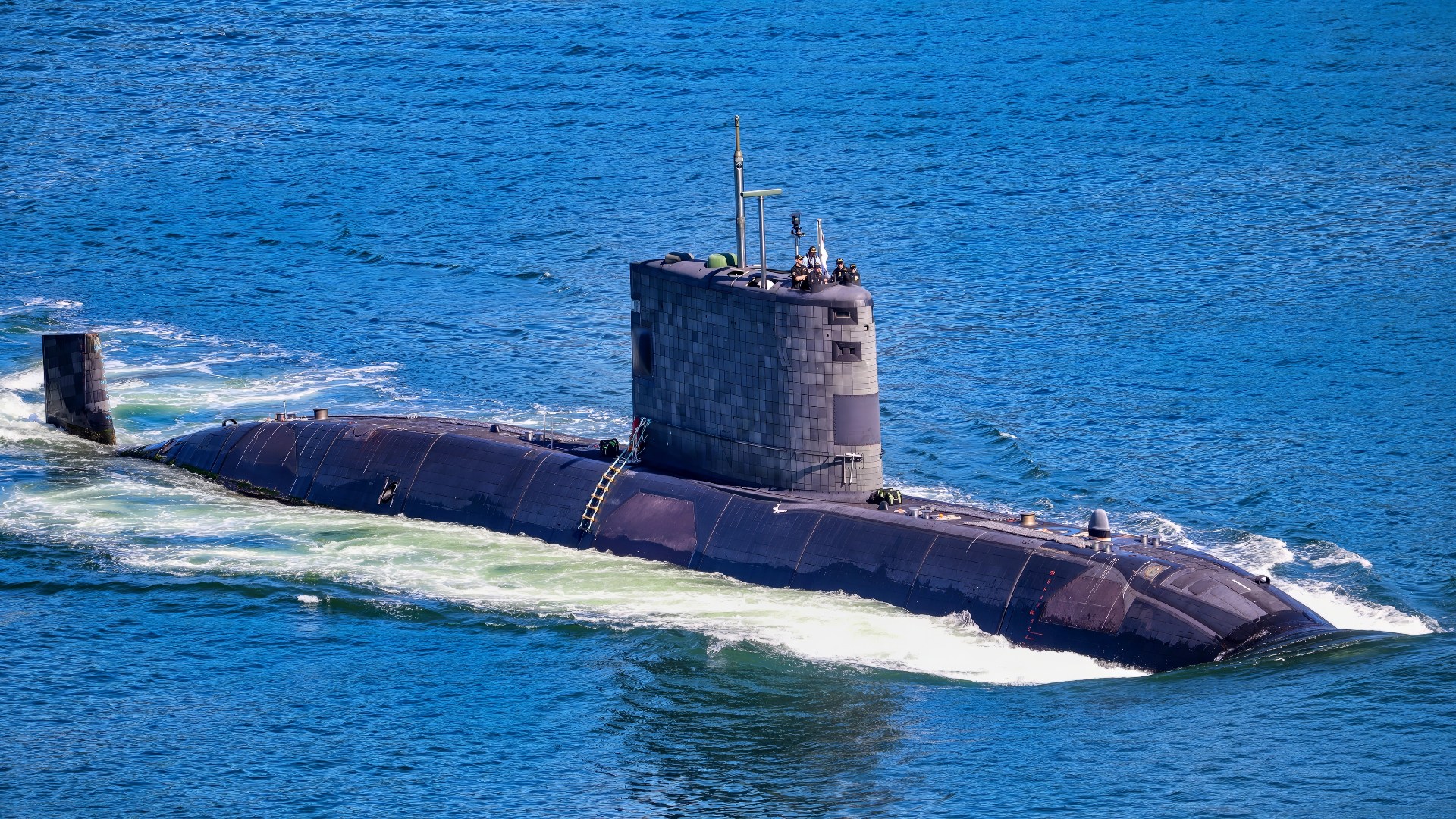
Victoria-Class Submarine of Canada
Plus, ships could use towed decoys that create the noise of a ship to fake out submarines’ tracking and detection modes.
All of these areas of submarine warfare should have been better, but there were still allied “wins” against U.S. Navy carriers and ships.
In 1989, the Dutch Navy’s Zwaardvis-class diesel-electric submarine “sank” the USS America – an amphibious assault ship.
The message of the dangers of diesel-electric subs was just not getting through to the Navy.
Aircraft Carrier Drama? The Quiet Propulsion Systems Got Even Better
One of the most famous of the notional sinkings happened many years later in 2005. This incident showed that the Swedish Gotland-class diesel-electric boats successfully attacked the USS Ronald Reagan.
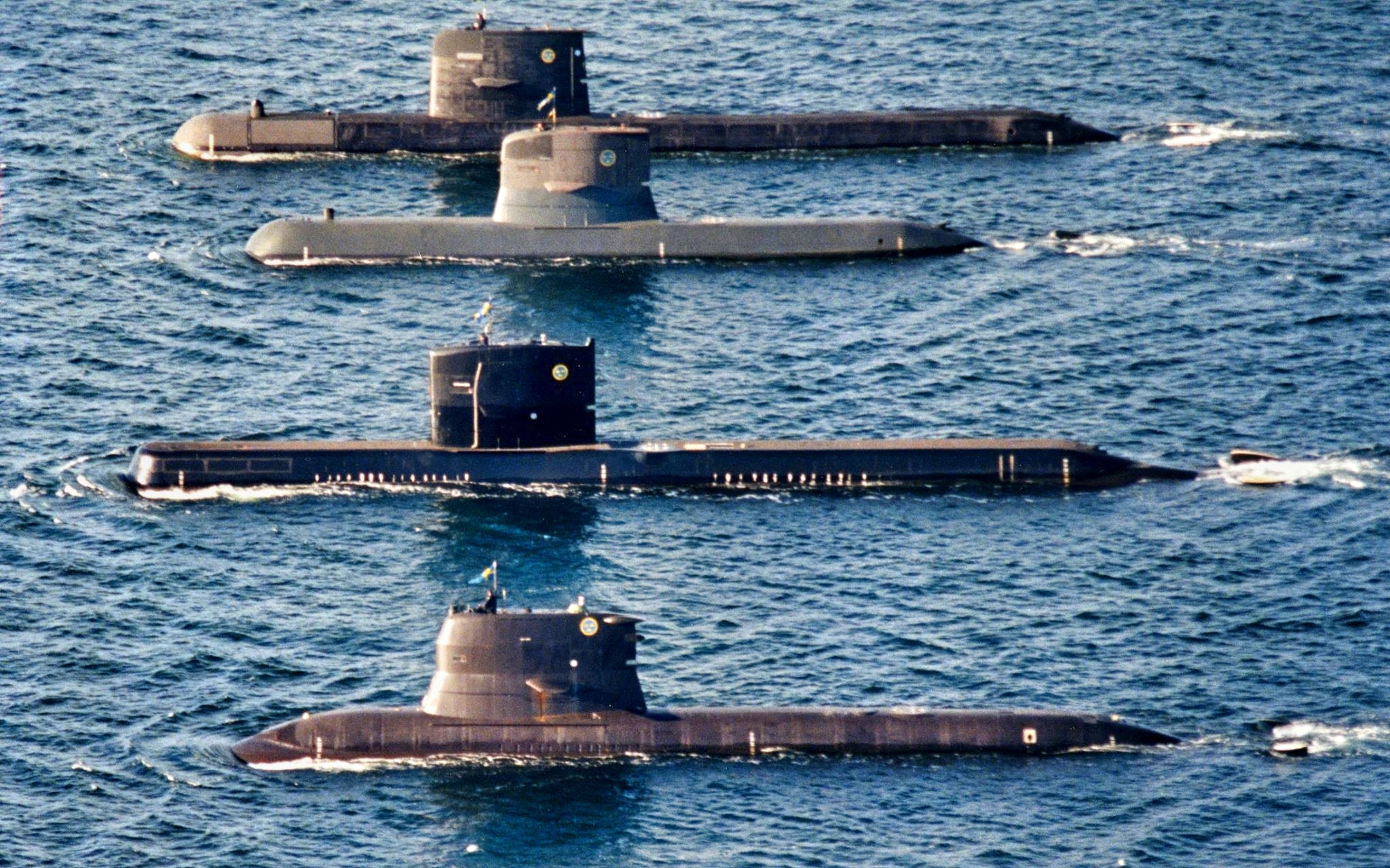
Gotland-Class Submarines. Image Credit: Creative Commons.
The Gotland-class subs were outfitted with the Stirling air-independent propulsion (AIP) system that made them even quieter.
China also has a supply of diesel-electrics with AIP these days. The Type 039C Yuan-class is highly effective and could likely penetrate a screen of escort ships and challenge a U.S. carrier.
The Yuan-class has an angled sail that reduces acoustic levels. The AIP gives the sub more endurance during an attack.
It is unlikely to wear out its batteries and surface during a prolonged cat-and-mouse game with American ships and anti-submarine aircraft.
Russia also has its own quiet Kilo-class and Lada-class diesel-electric submarines.
The Lada-class is newer and will replace the Kilo-class.
The Lada-class has an effective towed array sonar. Moreover, the Lada-class might be equipped with lithium-ion batteries, which would provide them with the endurance and survivability necessary for extreme effectiveness.
The U.S. Navy’s Silent Service must continue to rehearse against allies with modern diesel-electric subs, especially those with AIP.
Enemy subs can’t just run circles around an aircraft carrier strike group. The Americans realize that their sailors on all submarine classes must run silent and emphasize excellent standards and lethality should they be involved in a shooting war with Russia or China.
No one wants to go back to the days of a hollow force.
About the Author: Brent M. Eastwood
Brent M. Eastwood, PhD is the author of Don’t Turn Your Back On the World: a Conservative Foreign Policy and Humans, Machines, and Data: Future Trends in Warfare plus two other books. Brent was the founder and CEO of a tech firm that predicted world events using artificial intelligence. He served as a legislative fellow for US Senator Tim Scott and advised the senator on defense and foreign policy issues. He has taught at American University, George Washington University, and George Mason University. Brent is a former US Army Infantry officer. He can be followed on X @BMEastwood.
More Military
Problem: U.S. Navy Nimitz-Class Aircraft Carriers Face 6 Year Long Refits
The Navy’s Ohio-Class SSGN Submarines Summed Up In 1 Sad Word
‘The Bow Was Ripped Off’: How a Russian Submarine Was Sunk By Its Own Faulty Torpedo
Forget the F-35, the Super Eurofighter Typhoon Is Coming
Forget the F-35: France’s F5 Super Dassault Rafale Fighter Is Coming


